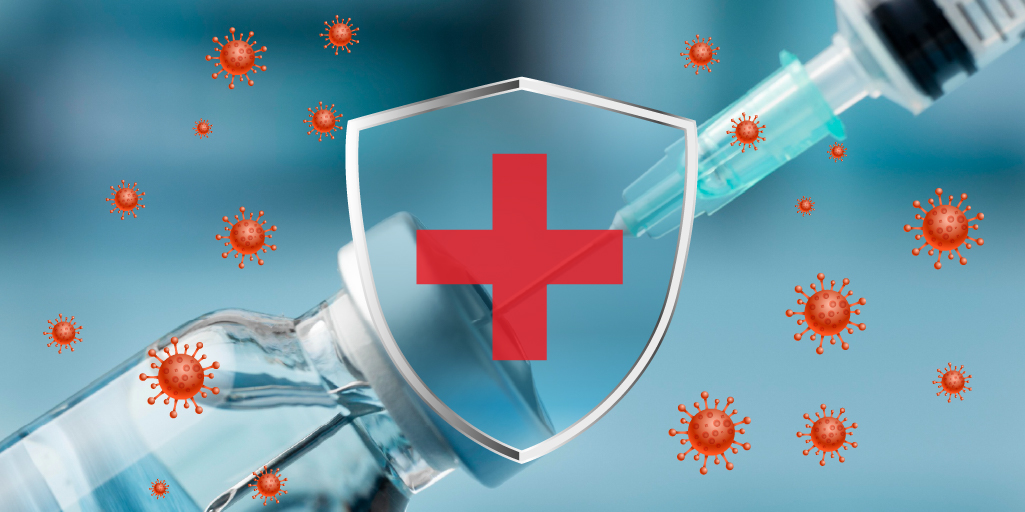
Back to school? How to protect your staff and students from the Omicron Variant
The festive season and holiday period are over. This allows work and school to resume and get back into full swing.
However, the current outbreak of the Omicron in the country has left parents and school administrative staff wondering how to cope and keep students safe. As the pandemic shows no sign of letting up.
The Omicron variant, one of the newest strains of the Covid-19 virus, has been infecting people in Nigeria and across Africa in record numbers since it was first discovered towards the end of 2021.
This new strain is especially difficult to handle as its initial symptoms are like those of other strains, making diagnosis problematic.
The deadly virus has already taken the lives of countless people across the globe. With others left in debilitating physical conditions.
To help you keep your staff and students safe, especially within the school premises, the question; ‘what can I do to prevent an outbreak?’ must be on top of your mind.
Keep reading to get the 10 best tips for preventing an outbreak in school. Implement these tips and you will create a secure learning environment for your students!
Top 10 Omicron Prevention Tips for Schools
Here are some useful tips which will go a long way in combating the spread of the Omicron variant. They include:
- Establish a system that ensures your staff and students get vaccinated. If possible, liaise with healthcare providers for an easier vaccination process and follow-up for staff and students. Schools should require unvaccinated staff and students to present a negative COVID-19 PCR test before entering the school premises or school buses. (To talk to someone today about getting your employees, staff, or students vaccinated, or to get vaccinated yourself, click here)
- Integrate a remote learning system with your operational structure. Meaning other than direct physical contact can also make people contract omicron, so be aware of any odd symptoms in your classroom or workspace. There have been several cases where people with only minor contact have contracted the virus, so vigilance is key.
- Have an onsite emergency quarantine zone. If a teacher or a student within a classroom shows signs of fatigue or disorientation, first get them safely quarantined and then invite a healthcare professional to determine the ailment.
- Ensure that there is at least one trained person on the school’s clinical team to handle COVID-19 emergencies. (To inquire about staff training services on emergency COVID-19 response and procedures, click here.)
- Insist on regular handwashing practice among staff and students, especially those who’ve been in proximity to anyone who’s displayed suspicious behavior.
- Avoid public transit if possible; a school bus service substantially reduces the risk of infection and allows for easier tracking of people with infections.
- Strategically position hand sanitizing machines and handwashing outlets all around the school premises.
- Familiarize your staff and students with the symptoms that show one is becoming symptomatic. They include: running nose, headache, fatigue, sneezing, scratchy throat, etc. Avoid people who exhibit these symptoms, and only trained COVID-19 school clinic staff should attend to them.
- Cut down on large gatherings within the school premises. Avoid assemblies, sporting events, competitions, or anything that would require staff and students to gather in one place. Invest in a public address system to pass on regular information and updates to staff and students.
- Schools should place greater emphasis on getting the students and staff to mask up to reduce transmission of the virus, especially during periods of high-case incidence.
What schools can do to further mitigate the spread
To also help reduce the possibility of an outbreak within the school premises, the school administration can also do:
- Educate all school personnel on the transmission vectors of COVID-19 Variants. This will prevent one another from passing Covid-19 variants to the other.
- Make sure all staff members have access to the nearest medical facility in case of infection. Having access to healthcare is crucial in preventing an outbreak of COVID-19 variants. As soon as a student or faculty member gets infected; call emergency services immediately so that we can rush them to a hospital before the infection spreads.
- Put up information posters, magazine ads, and other forms of propaganda all over campus. This will warn people about what symptoms look like so that they can identify possible cases as early as possible.
- Don’t allow children who have contracted the virus to attend class and educate them on how they got it (if possible) so that other kids don’t contract it later on after exposure has occurred.
- Cleaning surfaces that are likely to contain the viruses using disinfectant wipes twice a day for thirty seconds each time ought not pose a threat, but leaving pathogens around presents unnecessary risks.
- Have blood screenings done twice a year to ensure that no COVID-19 variants have wormed into immune systems against detection despite precautions.
- It’s also a good idea to screen spouses and family members too, since prevention begins at home in limiting spread.
